Today, let’s take a look at one of the latest AMD Radeon cards manufactured by Asus – the Asus Radeon R9 280X DirectCU II TOP 3GB. This card belongs to the top tier AMD graphics card, and it is the successor of the HD 7970. But this doesn’t feature the latest Hawaii chip. Instead, the R9 280X is powered by a 28nm Tahiti chip, meaning that it is very much likely to be a rebrand or refresh of the HD 7970. It seems that AMD feels that the Tahiti chip is still very much capable, and added with latest features and improved configurations, making it better and faster than its predecessors. Please continue reading my Asus Radeon R9 280X DirectCU II TOP review below and find out if this is the right graphics card for you.
Asus Radeon R9 280X DirectCU II TOP 3GB Review
Although, the Radeon R9 208X is basically a refreshed 7970, AMD added this new technology called Mantle. Mantle, according to AMD, would allow game developers to take gaming performance in new heights. This was actually demonstrated in the popular FPS game Battlefield 4, which supports Mantle technology. AMD released a patch that would allow users to switch to Mantle, resulting in higher frames rates and better gaming experience. Unfortunately, as of to date, there aren’t much game titles yet that supports Mantle.
Moving along, the Asus Radeon R9 280X DirectCU II TOP features Asus’ award winning DirectCU II cooler together with a CoolTech Fan. The DirectCU II cooler performs much better and runs quieter compared to AMD’s reference cooler. The R9 280X DirectCU II TOP also features 3GB of memory, clock at 1600 MHz in a 384-bit memory interface. It features 2048 shader units, and a core clock speed of 970MHz (base) up to 1070MHz (boost). Of course this are already factory overclocked speeds, since the reference 29 280X has a base clock of 850MHz and a boost clock of 1000MHz. But I noticed that the card was always running at 1070MHz all throughout the test. It also features DIGI+ VRM 12-phase power design with Super Alloy Power. This improves the stability and longevity of the graphics card, even in overclock settings. Check out the complete specifications below and have a closer look at the graphics card.
Asus R9280X-DC2T-3GD5 Specifications
| Graphics Engine | AMD Radeon R9 280X |
| Bus Standard | PCI Express 3.0 |
| Shader Units | 2048 |
| ROPs | 32 |
| Transistors | 4,313M |
| Video Memory | GDDR5 3GB |
| Engine Clock | GPU Boost Clock : 1070 MHz GPU Base Clock : 970 MHz |
| Memory Clock | 6400 MHz ( 1600 MHz GDDR5 ) |
| Memory Interface | 384-bit |
| Resolution | DVI Max Resolution : 2560x1600 |
| Interface | DVI Output : Yes x 1 (DVI-I), Yes x 1 (DVI-D) HDMI Output : Yes x 1 Display Port : Yes x 1 (Regular DP) HDCP Support : Yes |
| Power Consumption | up to 300Wadditional 6+8 pin PCIe power required |
| Accessories | 1 x CrossFire cable |
| Software | ASUS GPU Tweak & Driver |
| ASUS Features | DirectCU Series TOP Series Super Alloy Power |
| Dimensions | 11.2 " x 5.7 " x 1.5 " Inch |


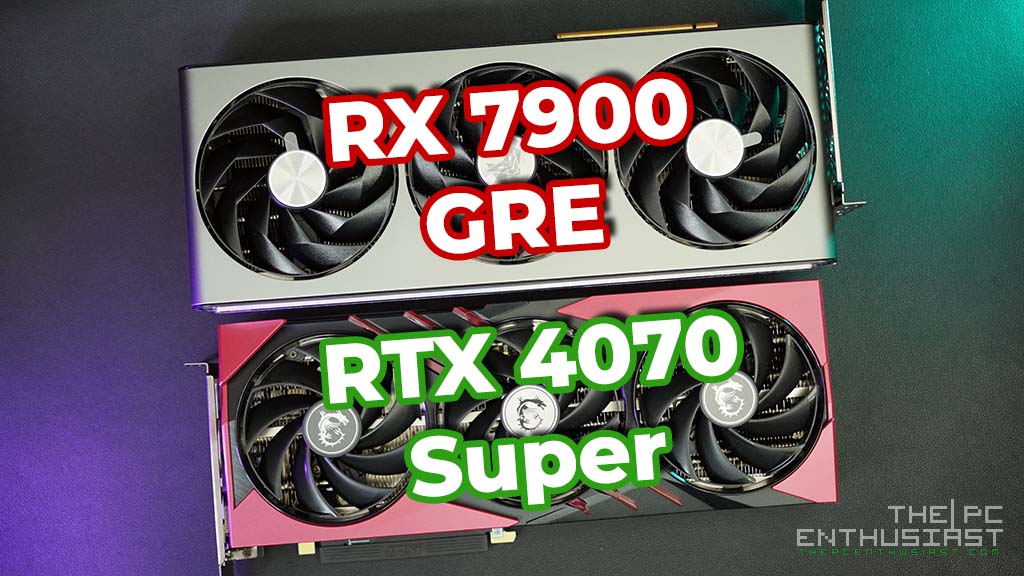
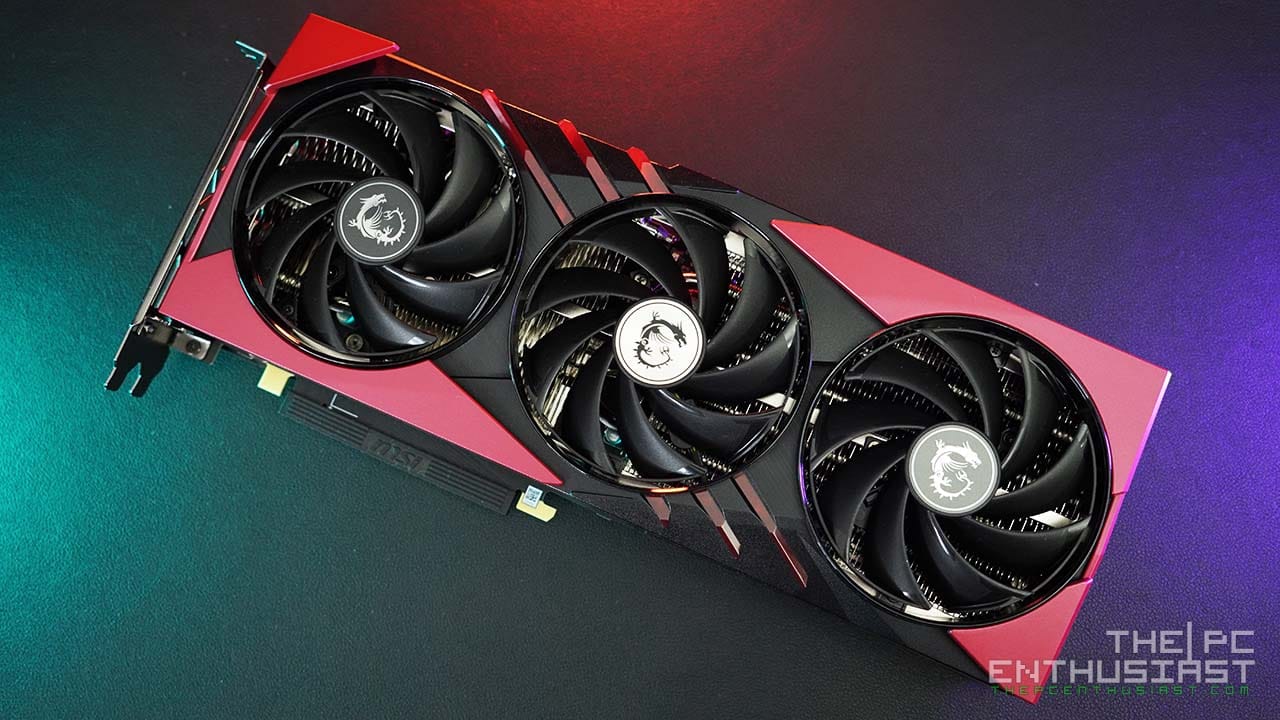
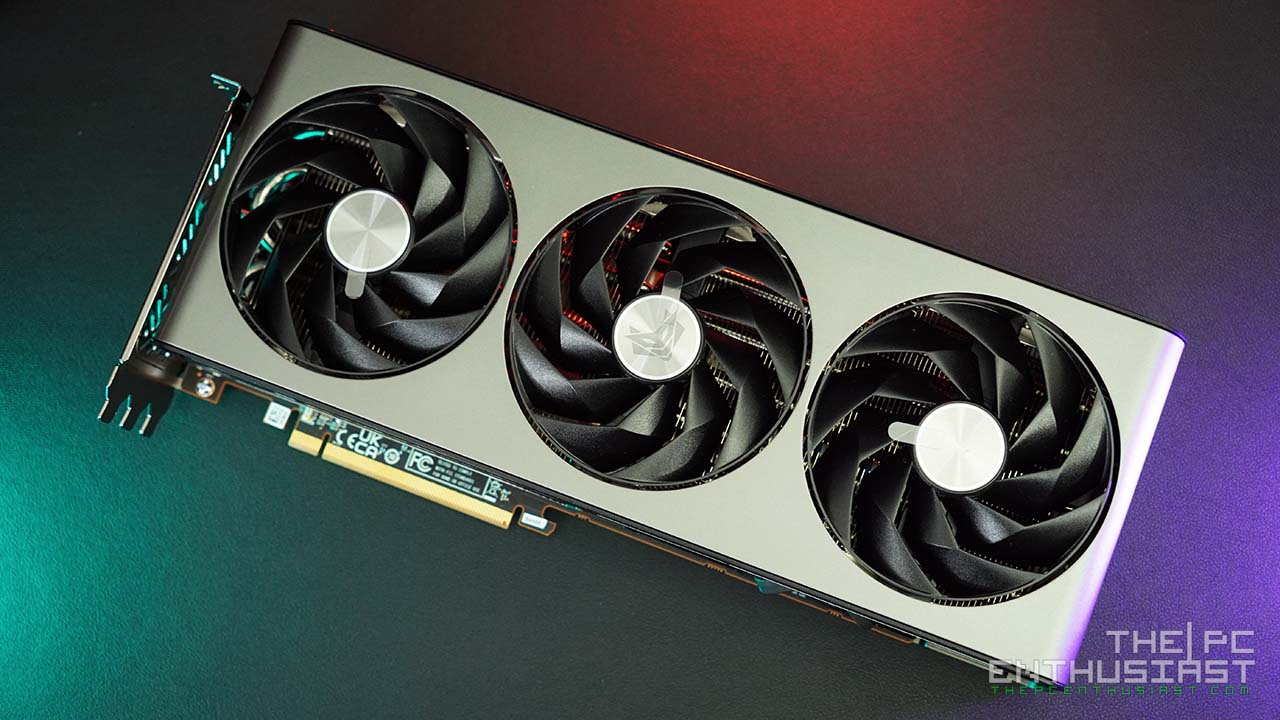

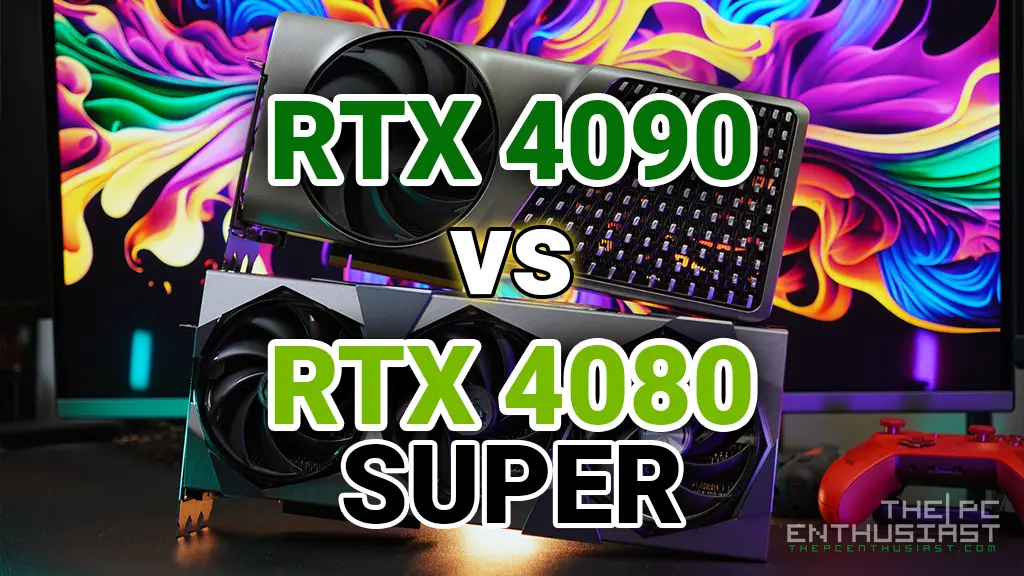
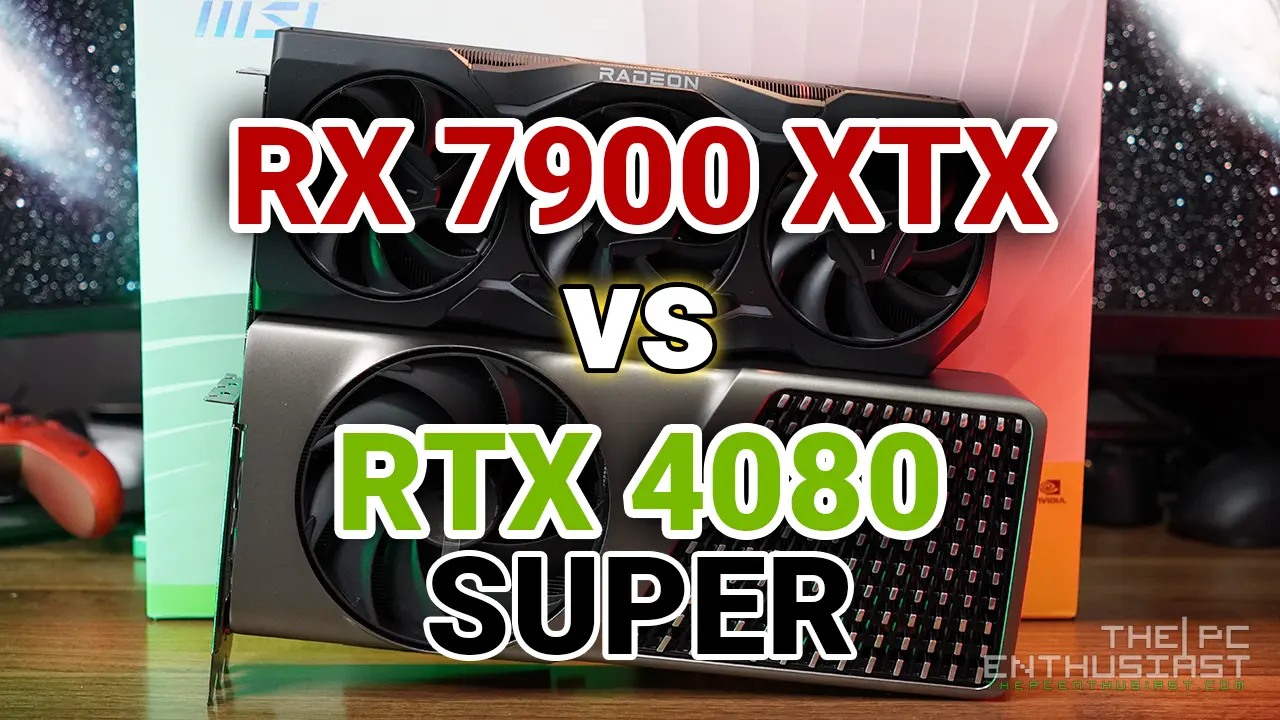

9280X-DC2T-3GD5. this model is future can fully support DX12 ?
The Radeon R9 280X should support DX12. But I’m just not sure if it will support all its features.
No, it won’t support DX12. Only r9 290, r9 285 and r7 260 plus X versions will only support DX12, but not fully. Low level code (the most interessant thing of DX2) will not be supported on these.
First GPU that will fully support DX12 will be r9 3xx.
That’s what actually bothers me Andreu. Some sources are claiming that it can, BUT partially and not all features. And like you say it won’t support. Either way, if the user wishes to take advantage of the DX12 fully, it’s still best to get the latest graphics card, rather than buying something that is an old generation, not to mention a rebranded one as well.